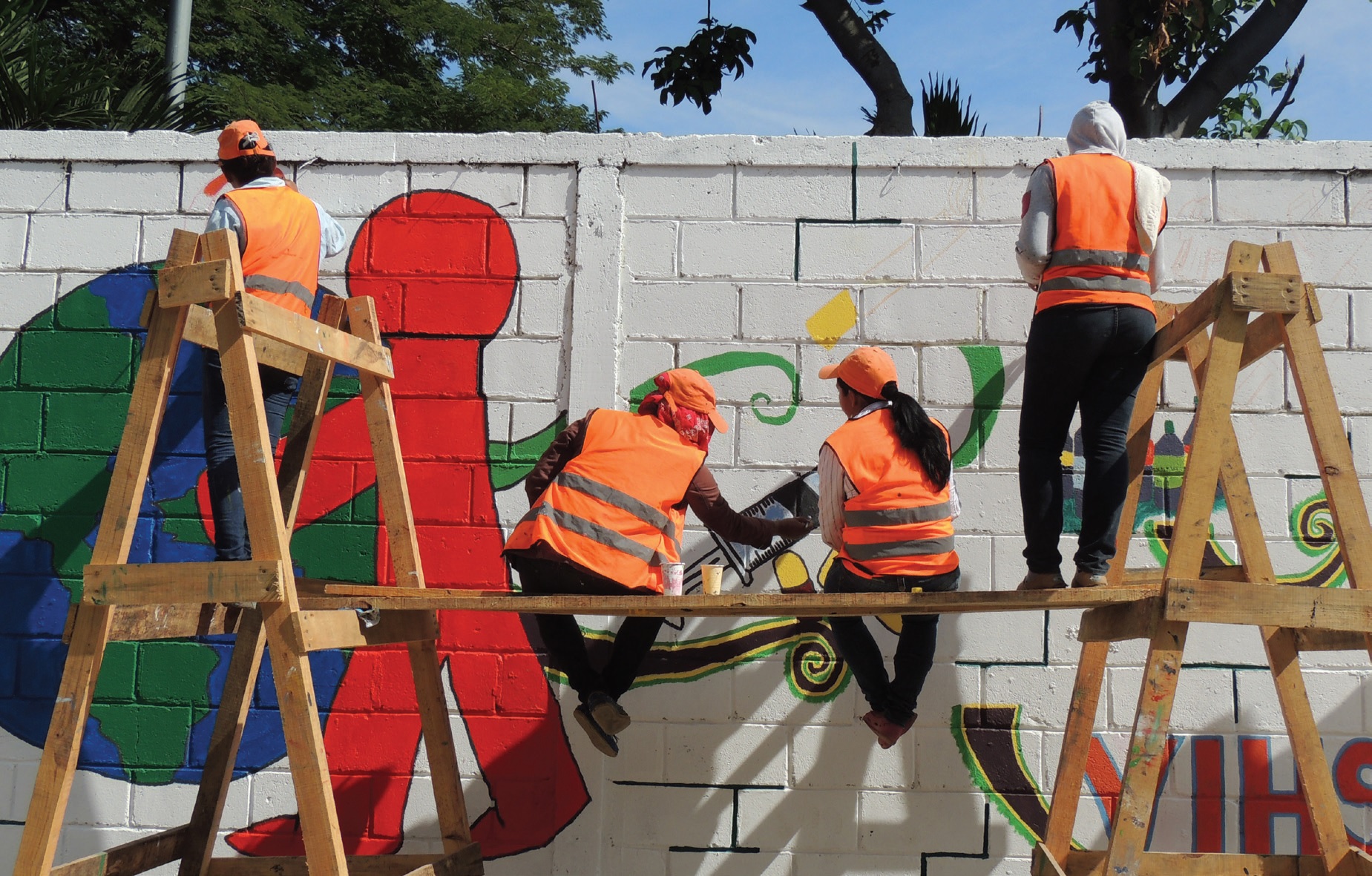The Fragility and Risk Management theme focuses on the challenges of fragile and conflict-affected areas, home to a significant share of the world’s extremely poor. This window entails research on risk-management policies at the country, regional, or global level under different sources of risk, such as significant economic crises, natural disasters, or health epidemics.
Currently two projects are ongoing within this window: one on Social Network Mapping and Analysis for Youth Living in High-Violence Urban Neighborhoods in Honduras, and the other on the Global Financial Development Report on Global Banking.
Project Highlight:
Social Network Mapping and Analysis for Youth Living in High-Violence Areas
Honduras is the second most violent country in the world (UNDP 2013). Although violence affects the economy as a whole, the burden of violence is not spread equally. Homicide victims and perpetrators are disproportionately concentrated among young, disadvantaged men. Male homicide rates in the country rise sharply in adolescence and peak in the twenties before beginning a gradual decline. Addressing violence in Honduras is therefore an important national and regional policy priority. As male youth are the most likely perpetrators and victims, addressing the needs and behaviors of this group is particularly salient.
Existing evidence suggests that network structure may play a critical role in determining patterns of criminality and victimization. Understanding the structure of such networks is an essential input into any work that aims to identify the most cost-effective means of reducing crime and violence within this subpopulation.
This project will map and analyze the social networks of youth living in selected high-violence urban neighborhoods in Honduras, to understand the social dynamics that create and perpetuate violence. This mapping will link people ages 15-25 living in these areas along eight dimensions: (i) seeking employment; (ii) personal, work-related, and health problems; (iii) safety and security; (iv) coping and anger management; (v) drugs and sex; (vi) borrowing and lending small sums of money; (vii) recreation; and (viii) friendship.
The project has two primary objectives:
1. To analyze the behavior and social dynamics of youth living in high-violence, low-opportunity contexts with established gang presence, and to understand the nature and structure of networks that inform decisions and behaviors that are inherently social.
2. To assess how network structure characteristics shape the following: information diffusion; enrollment in a labor market readiness and insertion program for at-risk youth; and antisocial behavior, labor market outcomes, and other program impacts.
The work is carried out through an ongoing research partnership with the Government of Honduras in the context of the World Bank–financed Safer Municipalities Project. The research partnership also includes the University of Illinois and the World Bank’s Social, Urban, Rural, and Resilience Global Practice.
The team is currently working on data processing and initial analyses using census data.
Last Updated: Dec 19, 2017
